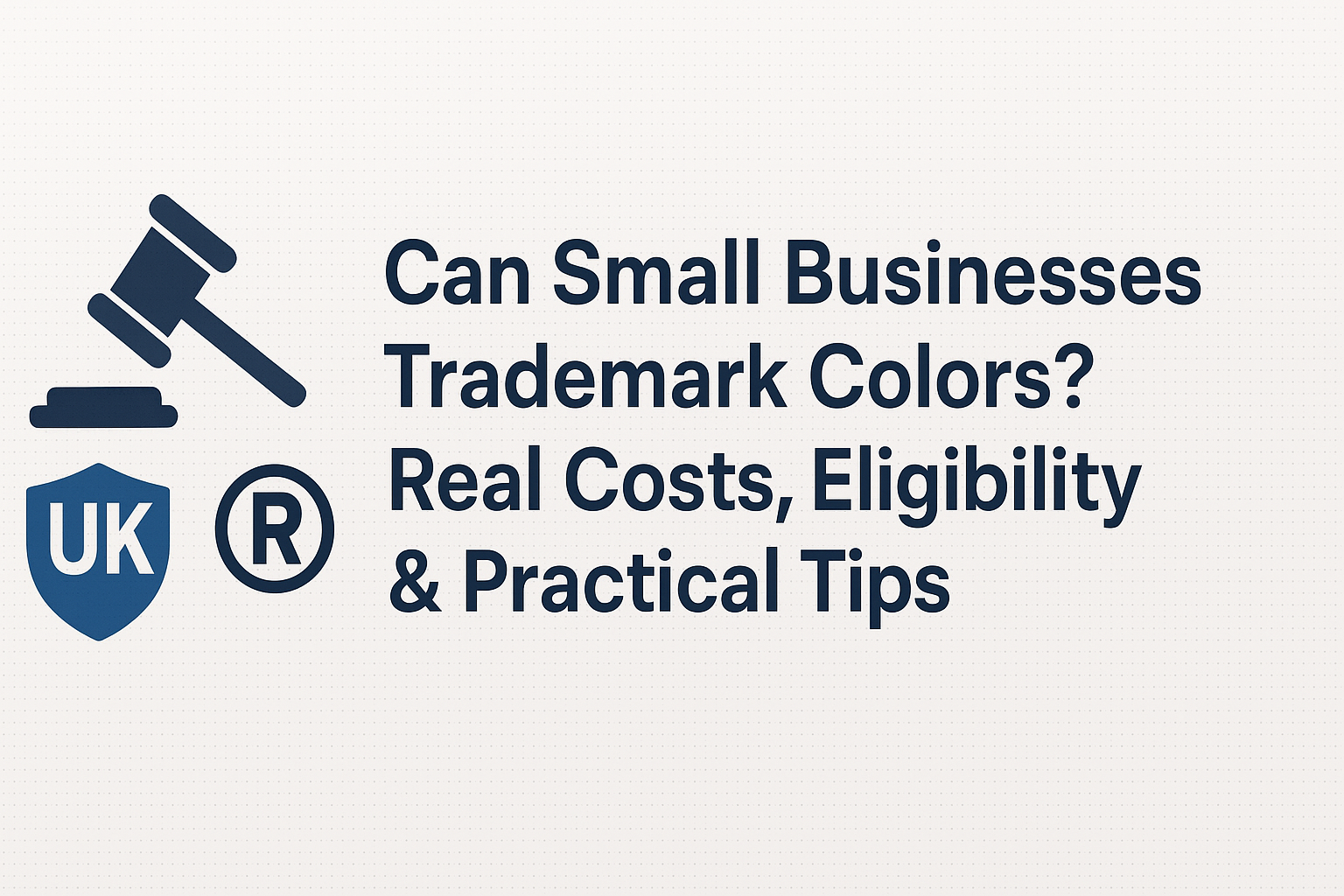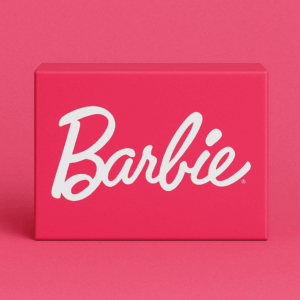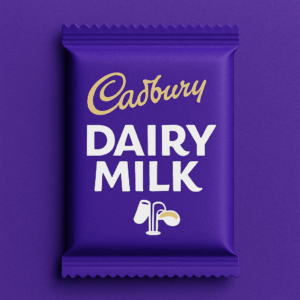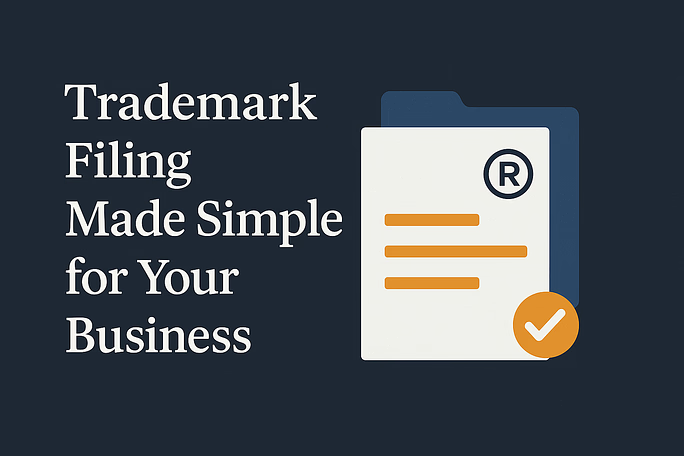
Can Small Businesses Trademark Colors? Real Costs, Eligibility & Practical Tips
Colors are everywhere in branding. Think of that unmistakable Tiffany blue box, the brown UPS truck rolling down the street, or the bright pink that screams “Barbie.”
But here’s the big question small business owners often ask us: can you actually trademark a color and stop others from using it?
Technically, yes, you can.
But it’s not simple, and definitely not for everyone. Let’s unpack what color trademarks really mean, what it takes to qualify, how much it costs, and what lessons you can borrow from the brands that have pulled it off.
What Does It Mean to Trademark a Color?
When people talk about “trademarking a color,” they’re not referring to every possible use of that shade; you can’t own blue, red, or green in general.
It means that a specific color, used in a specific way, has become so tied to your business that customers instantly recognize it as you.
In trademark terms, that’s called acquired distinctiveness, or “secondary meaning.”
The U.S. courts and the USPTO recognize color as a potential trademark if two things are true:
- The color is non-functional (it doesn’t serve a practical purpose), and
- It’s so associated with your brand that people see it and immediately think of your business.
At Trademark Angel, we like to explain it like this:
“You can trademark a color only when it’s not just decoration — it’s your brand’s fingerprint.”
Who Can Trademark a Color?
For small businesses, this can be a tough hill to climb. To get there, you need to prove that customers connect that color directly to your brand — not just your product type in general.
Here’s what examiners usually look for:
- Use in commerce: The color must actually appear on your packaging or products, not just in your logo or website.
- Distinctiveness: The public must recognize the color as yours, not just as a design trend.
- Non-functionality: The color can’t have a practical reason for being used (for example, orange on safety vests helps visibility; that’s functional).
- Specific description: You’ll need to clearly describe the color’s use, such as “solid brown applied to delivery vehicles and uniforms.”
- Evidence: Sales data, advertising examples, customer surveys, media mentions: anything showing consumers link that color to your brand.
If your business is still building recognition, it’s often better to wait. Most small companies don’t have enough distinctiveness yet to make the color trademark stick.
Famous Trademarked Colors (and What We Can Learn)
It’s rare, but not impossible. Some brands have made color such a big part of their identity that it became legally theirs. Here are a few well-known examples worth noting:
Tiffany & Co. – Robin’s Egg Blue (Pantone 1837)

Used for jewelry boxes, bags, and packaging.
Why it works: Tiffany Blue isn’t just pretty — it’s iconic. Consumers see that color and instantly think “luxury jewelry.” That emotional link is gold.
UPS – Brown (Pantone 462C)

Used on delivery trucks and uniforms.
Why it works: UPS turned an ordinary color into a statement. “What can Brown do for you?” made brown part of their identity: strong, reliable, practical.
Louboutin – Red Soles (Pantone 18-1663 TPX)

Used for the soles of high heels.
Why it works: The red lacquered sole became Louboutin’s signature. It’s one of the few marks that protect color on a specific part of a product.
Barbie – Pink (Pantone 219C)

Used for packaging, dolls, and promotions.
Why it works: Decades of consistent use turned Barbie pink into an emotional brand experience. You see that color and think “fun, feminine, nostalgia.”
Cadbury – Purple (Pantone 2685C)

Used for chocolate bar packaging.
Why it works: Cadbury fought a long legal battle to secure its shade of purple and won. Proof that persistence and long-term use pay off.
Post-it Notes – Canary Yellow

Used for sticky notes.
Why it works: When people think “sticky note,” they picture yellow. That’s distinctiveness built over decades.
John Deere – Green and Yellow

Used for agricultural equipment.
Why it works: Those colors together scream “John Deere.” The combination, not just one color, is protected because of its strong consumer link.
Expert Tips for Small Business Owners
If you’re thinking about a color trademark, keep these realistic tips in mind:
Ask yourself if you really need one
Most small businesses should start with the basics – trademarking your name and logo first. You can always add a color mark later once your brand becomes more recognized.
Build recognition first
Consistency is key. Use your color everywhere: packaging, ads, website, uniforms. Over time, people start associating that color with your business.
Steer clear of functional colors
Colors that serve a purpose (like red for warning signs or orange for safety gear) can’t be protected. The law doesn’t let you block competitors from using practical colors.
Be precise when describing your color
Include the Pantone, RGB, or CMYK values in your application. Saying “blue” isn’t enough — it has to be the exact shade you use.
Keep solid documentation
Save everything – marketing materials, social media posts, press mentions, even customer comments. You’ll need proof that people associate the color with your brand.
Think globally
Trademark laws differ from country to country. What works in the U.S. may not apply in the UK, EU, or Canada. If you’re selling internationally, get professional guidance first.
Protect it once it’s registered
Owning a trademark means staying vigilant. Watch for copycats and act early if someone starts using your color in a confusing way.
At Trademark Angel, we help monitor and enforce your rights so your protection actually means something.
So, Should Small Businesses Trademark a Color?
In short – yes, but only when it really makes sense.
If your brand has grown to the point where people instantly connect your packaging color or product color with your name, then a color trademark can give you strong, long-term protection.
But for most small businesses, it’s smarter to focus first on trademarking your name and logo: the core of your identity. As your brand recognition builds, you can explore color trademarks later.
When that time comes, Trademark Angel can guide you every step of the way, from assessing whether your color qualifies to filing the application to keeping it enforced globally.
Final Thought:
A color trademark isn’t just about aesthetics—it’s about meaning. If your customers see a certain color and instantly think of you, then you might just be ready to make that color officially yours.





